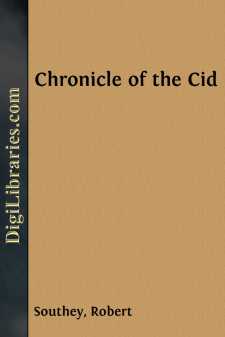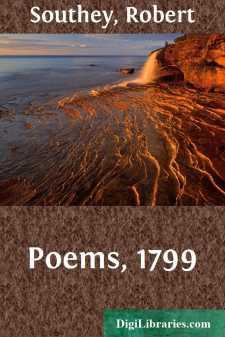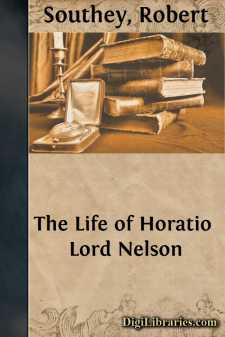Categories
- Antiques & Collectibles 13
- Architecture 36
- Art 48
- Bibles 22
- Biography & Autobiography 813
- Body, Mind & Spirit 142
- Business & Economics 28
- Children's Books 17
- Children's Fiction 14
- Computers 4
- Cooking 94
- Crafts & Hobbies 4
- Drama 346
- Education 46
- Family & Relationships 57
- Fiction 11829
- Games 19
- Gardening 17
- Health & Fitness 34
- History 1377
- House & Home 1
- Humor 147
- Juvenile Fiction 1873
- Juvenile Nonfiction 202
- Language Arts & Disciplines 88
- Law 16
- Literary Collections 686
- Literary Criticism 179
- Mathematics 13
- Medical 41
- Music 40
- Nature 179
- Non-Classifiable 1768
- Performing Arts 7
- Periodicals 1453
- Philosophy 64
- Photography 2
- Poetry 896
- Political Science 203
- Psychology 42
- Reference 154
- Religion 513
- Science 126
- Self-Help 84
- Social Science 81
- Sports & Recreation 34
- Study Aids 3
- Technology & Engineering 59
- Transportation 23
- Travel 463
- True Crime 29
Chronicle of the Cid
by: Robert Southey
Description:
Excerpt
BOOK I.
I. King Don Ferrando succeeded to the states of Castille after the death of his father King Don Sancho el Mayor, in the era 1072, which was the year of the Incarnation 1034, and from the coming of the Patriarch Tubal to settle in Spain 3197, and from the general deluge 3339, and from the creation of the world 4995, according to the computation of the Hebrews, and from the beginning of the false sect of the Moors 413. And in the year 1037 Ferrando slew Bermudo the King of Leon in battle, who was his wife's brother, and conquered his kingdom, and succeeded to it in right of his wife Doña Sancha. So he was the first person who united the states of Castille and Leon, and the first who was called King of Castille; for till this time the lords of that country had been called Counts. He was a good king, and one who judged justly and feared God, and was bold in all his doings. Before he reigned he had by Doña Sancha his wife the Infanta Doña Urraca, his eldest daughter, who was a right excellent lady, of good customs and bounty and beauty; and after her he had the Infante Don Sancho, his eldest son and heir; and then the Infanta Doña Elvira, whom after the death of the King her father, her brother King Don Alfonso married to the Count Don Garci de Cabra. And after he became King he had the Infante Don Alfonso, and the Infante Don Garcia, who was the youngest of all. And he put his sons to read, that they might be of the better understanding, and he made them take arms, and be shown how to demean themselves in battle, and to be huntsmen. And he ordered that his daughters should be brought up in the studies beseeming dames, so that they might be of good customs, and instructed in devotion and in all things which it behoved them to know.
II. In those days arose Rodrigo of Bivar. who was a youth strong in arms and of good customs; and the people rejoiced in him, for he bestirred himself to protect the land from the Moors. Now it behoves that ye should know whence he came, and from what men he was descended, because we have to proceed with his history. Ye are to know therefore, that after the treason which King Don Ordoño the Second committed upon the Counts of Castille, that country remained without a chief: the people therefore chose two judges, of whom the one was called Nuño Rasuera, and the other Layn Calvo, who married Nuño's daughter, Elvira Nuñez. From Nuño Rasuera King Don Ferrando descended, and from Layn Calvo, Diego Laynez, who took to wife Doña Teresa RodrÃguez, the daughter of Don Rodrigo Alvarez, Count and Governor of Asturias, and had by her this Rodrigo. In the year of the Incarnation 1026 was Rodrigo born, of this noble lineage, in the city of Burgos, and in the street of St. Martin, hard by the palace of the Counts of Castille, where Diego Laynez had his dwelling. In the church of St. Martin was he baptized, a good priest of Burgos, whose name was Don Pedro de Pernegas, being his godfather: and to this church Rodrigo was always greatly affectionate, and he built the belfry tower thereof....




